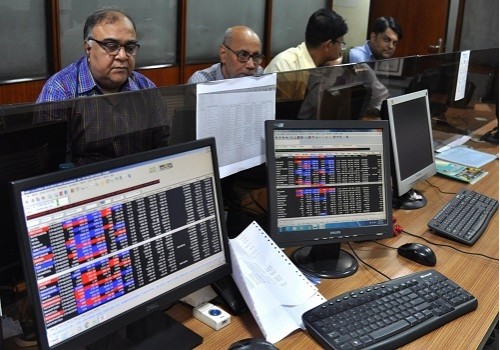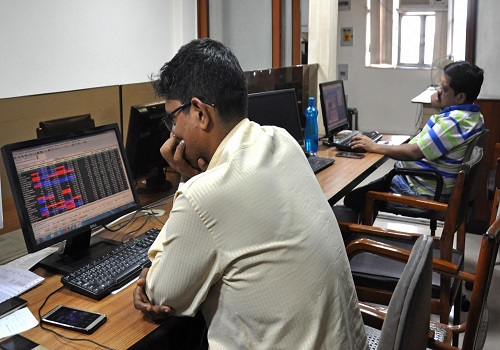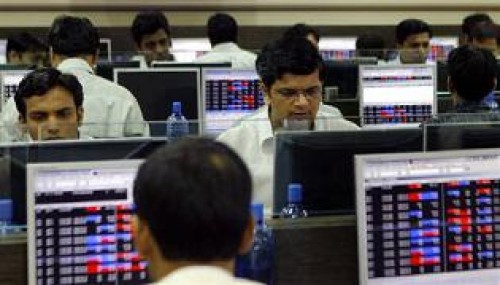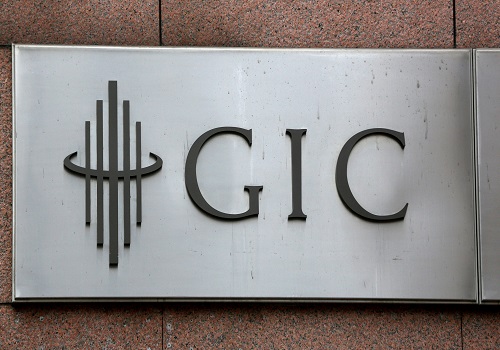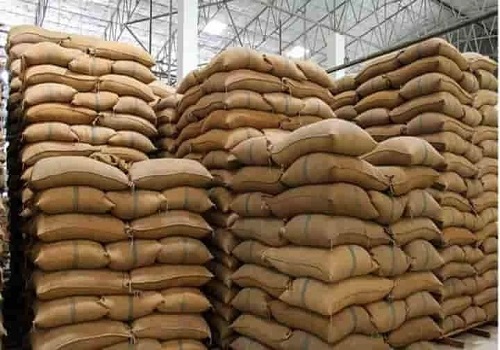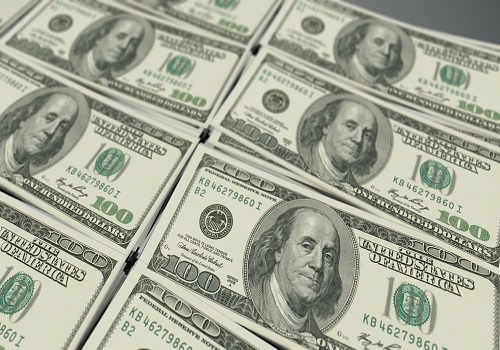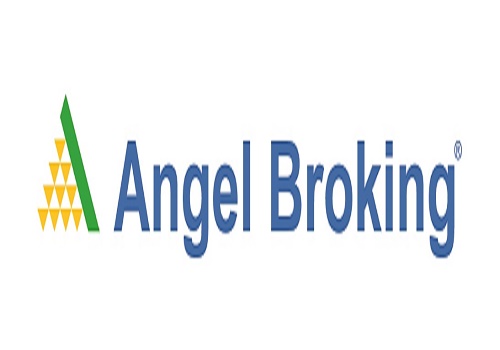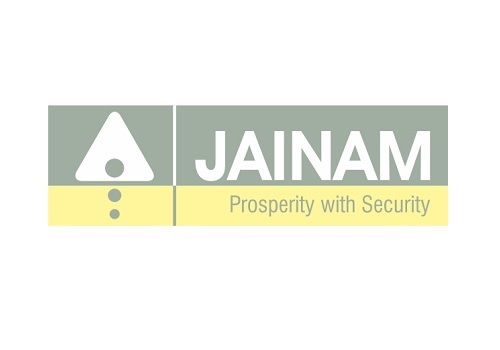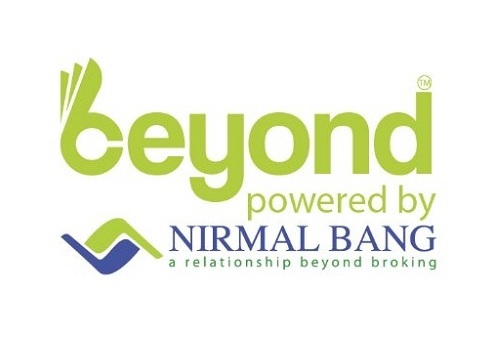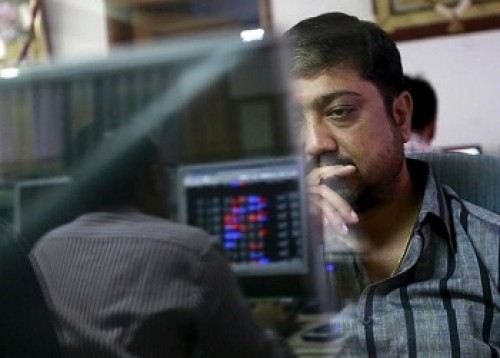Indices bounce back strongly after two-day fall
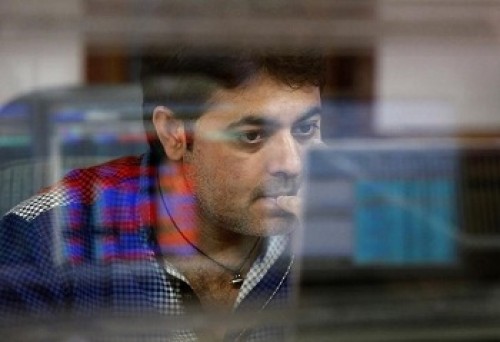
Follow us Now on Telegram ! Get daily 10 - 12 important updates on Business, Finance and Investment. Join our Telegram Channel
Indian equity benchmarks bounced back strongly after two sessions of sharp losses amid positive global cues as concerns about the Omicron coronavirus variant eased. Markets opened a day with good gap and managed to hold its bullish stream throughout day, as traders took encouragement with a private report that Indian economy is showing strong signs of recovery from the devastation caused by the pandemic, with an upswing being reported in 19 out of the 22 economic indicators as compared to the pre-Covid levels. Some optimism also came in as new research from the US India Strategic Partnership Forum (USISPF) and digital currency exchange CrossTower has said web 3.0, the idea that the next iteration of the Internet which will be built on concepts of decentralization, openness, and greater user utility, can help India contribute an additional $1.1 trillion of economic growth to its GDP over the next 11 years.
Benchmarks extended gains in late afternoon session, taking support from Minister of State for Finance Pankaj Chaudhary’s statement that India currently has the fourth largest foreign exchange reserves in the world. Some solace also came as the government said it is taking all steps to strengthen the National Company Law Tribunal (NCLT) to reduce delays in disposal of cases under the insolvency law. Adding to the optimism, Credit rating agency, India Ratings and Research (Ind-Ra) in its latest report has said that the strong initial public offering (IPO) issuances in FY22 in the Indian buoyant stock market bode well with the country’s economic recovery. Market participants overlooked domestic credit rating agency ICRA’s report stated that the looming threat of the newly discovered Omicron variant of Covid-19 can severely affect loan securitisation volumes in the country as concerns over retail asset quality reemerge.
On the global front, European markets were trading higher after data showed German industrial production recovered at a faster than expected pace in October. Industrial production grew 2.8 percent on a monthly basis in October, reversing a 0.5 percent fall in September. Production was forecast to grow 0.8 percent. Asian markets settled higher on Tuesday as Omicron fears somewhat subsided and the People's Bank of China released about 1.2 trillion yuan ($188 billion) of liquidity into the financial system via a cut in the reserve requirement ratio for most banks. Back home, on the sectoral front, the fertilizer industry stocks were in focus with Crisil’s report that the Centre’s fertiliser subsidy bill is set to soar by 62 per cent over the budgeted amount to Rs 1.3 lakh crore this fiscal due to the massive rise in raw material prices despite lower demand. Aviation industry’s stocks also were in watch as Minister of State for Civil Aviation V K Singh said the airlines and airports in India incurred an estimated loss of Rs 19,564 crore and Rs 5,116 crore, respectively, in 2020-21 due to severe disruption caused by the COVID-19 pandemic.
Finally, the BSE Sensex rose 886.51 points or 1.56% to 57,633.65 and the CNX Nifty was up by 264.45 points or 1.56% to 17,176.70.
The BSE Sensex touched high and low of 57,905.63 and 56,992.27, respectively and there were 29 stocks advancing against 1 stocks declining on the index.
The broader indices ended in green; the BSE Mid cap index rose 1.29%, while Small cap index was up by 1.14%.
The top gaining sectoral indices on the BSE were Metal up by 3.20%, Realty up by 2.58%, Bankex up by 2.54%, Basic Materials up by 2.02% and PSU up by 1.83%, while there were no losing sectoral indices on the BSE.
The top gainers on the Sensex were Tata Steel up by 3.63%, Axis Bank up by 3.60%, ICICI Bank up by 3.46%, Kotak Mahindra Bank up by 2.74% and SBI up by 2.43%. On the flip side, Asian Paints down by 0.22% was the top loser.
Meanwhile, New research from the US India Strategic Partnership Forum (USISPF) and digital currency exchange CrossTower has said web 3.0, the idea that the next iteration of the Internet which will be built on concepts of decentralisation, openness, and greater user utility, can help India contribute an additional $1.1 trillion of economic growth to its GDP over the next 11 years. Digital assets like Bitcoin, Ether, Solana, Algorand, stablecoins and other blockchains are the fuel of the future financial ecosystem and Web 3.0. In the first phase of its evolution, the Internet was driven by users consuming information. In the second phase, which is ongoing, users also became contributors with the advent of social media.
In Web 2.0, people’s data is owned by large organisations such as Facebook, Google, and Amazon. In Web 3.0, the data is envisaged to be owned by consumers and resides on blockchain networks, as opposed to centralised organizations. To provide some perspective, in 2013, the market capitalization of the digital asset market was approximately $1.5 billion, and today, the market capitalization is at nearly $3.0 trillion. Comparing the success of the US in the Internet industry, evident in the fact that 17 US firms are among the top 25 major public tech companies by market capitalisation worldwide, it said India can take a leap in Web 3.0 if it adopts the right kind of policies.
It noted ‘The US became a hotbed for tech firms in the early days of the internet largely due to the numerous frameworks that policymakers implemented early on, creating a structure for massive innovative projects. India should consider substantively similar structures, such as private/public partnerships, grants and frameworks for education at every level, sandboxes for regulatory clarity, venture capital programs and incentives for foreign investment, and other strong and clear policies. This will thrust India into a world leadership role in digital assets and Web 3.0’. It concluded ‘The digital asset industry could see growth that is far more explosive, given how revolutionary it is. Just like the internet, digital assets stand to impact most, if not all, industries. In fact, we believe the potential impact of digital assets is much larger than that of the internet. To seize the prosperity that digital assets can bring, India must take appropriate actions now’.
The CNX Nifty traded in a range of 17,251.65 and 16,987.75 and there was 45 stocks advancing against 5 stocks declining on the index.
The top gainers on Nifty were Hindalco up by 5.15%, Tata Steel up by 3.97%, Axis Bank up by 3.59%, ICICI Bank up by 3.47% and Tata Motors up by 3.23%. On the flip side, Britannia Industries down by 0.58%, Cipla down by 0.56%, Divi's Lab down by 0.36%, Asian Paints down by 0.21% and Indian Oil Corporation down by 0.12% were the top losers.
European markets were trading higher; UK’s FTSE 100 increased 86.24 points or 1.19% to 7,318.52, France’s CAC increased 149.51 points or 2.18% to 7,015.29 and Germany’s DAX increased 321.65 points or 2.09% to 15,702.44.
Asian markets settled higher on Tuesday, tracking gains in Wall Street overnight with hopes that the newest Covid-19 variant Omicron will prove less dangerous than earlier strains like Delta. Japanese shares gained, with the Nikkei marking its biggest percentage gain since November 1, as investors offset data showing that Japan's household spending declined for the third straight month in October. Chinese shares edged marginally higher after the Chinese central bank PBoC released about 1.2 trillion yuan ($188 billion) of liquidity into the financial system via a cut in the reserve requirement ratio for most banks. China’s exports and imports grew faster than expected in November, data from the General Administration of Customs showed earlier today. However, lingering concerns over a crisis in the China’s property sector capped the upside.
Above views are of the author and not of the website kindly read disclaimer

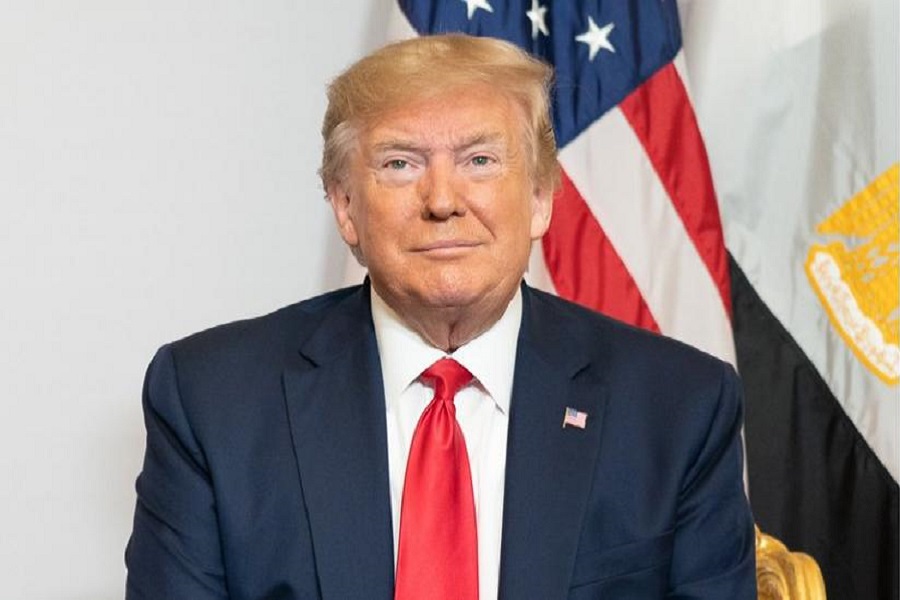
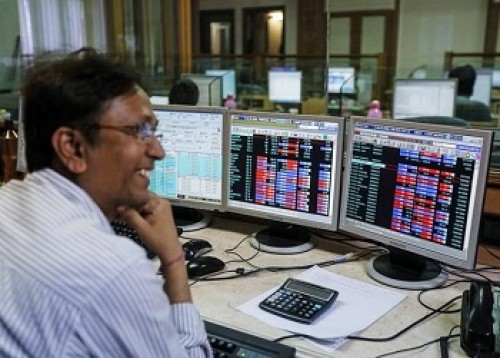

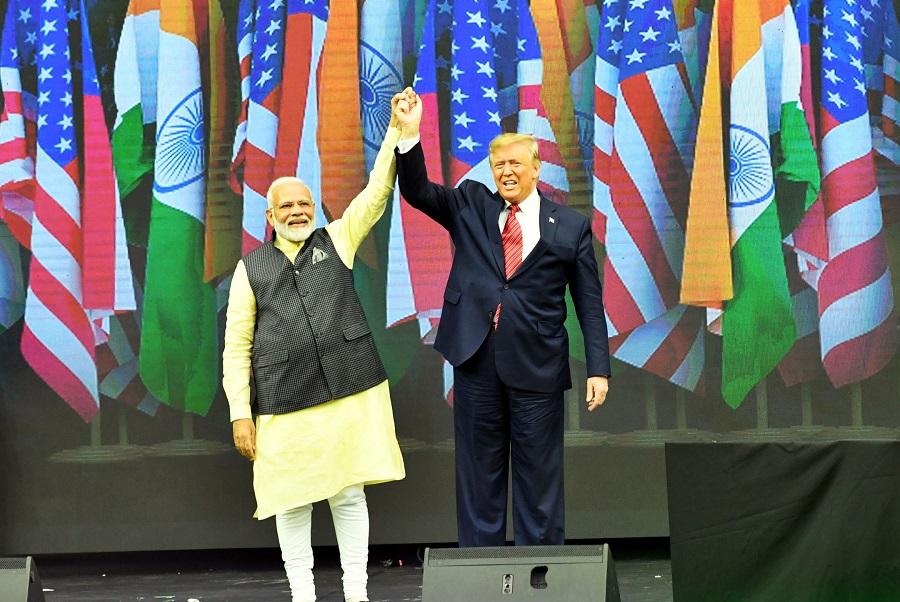
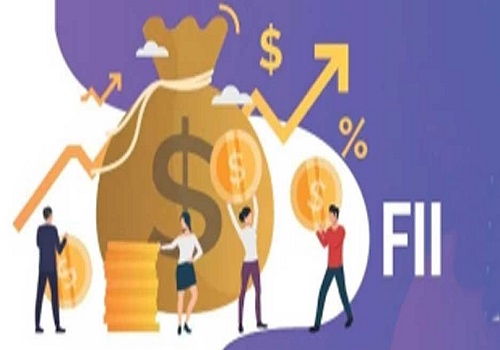

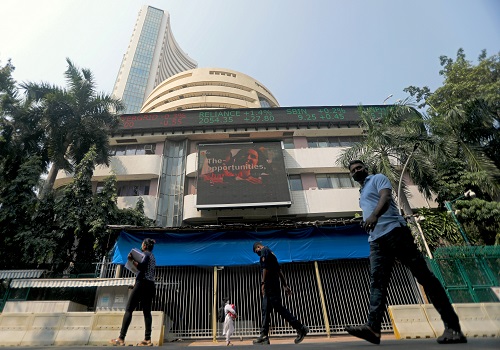
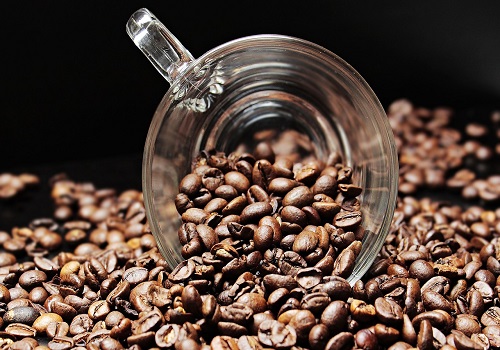

Top News

Astro Zindagi (Weekly Horoscope)
Tag News

Weekly Market Analysis : Markets strengthened recovery and gained nearly 2% in the passing w...
